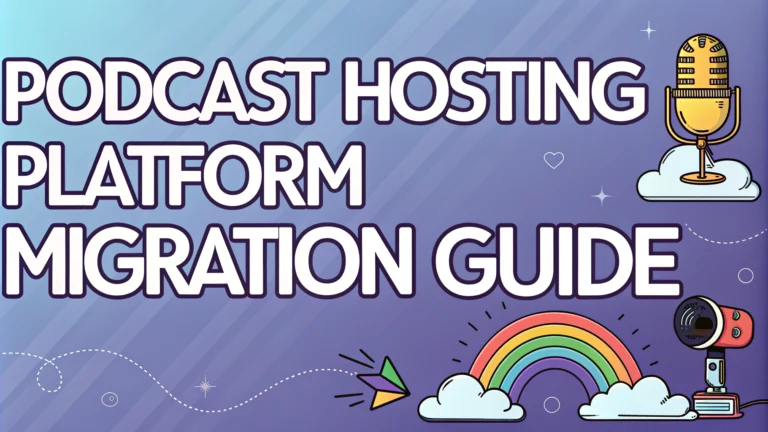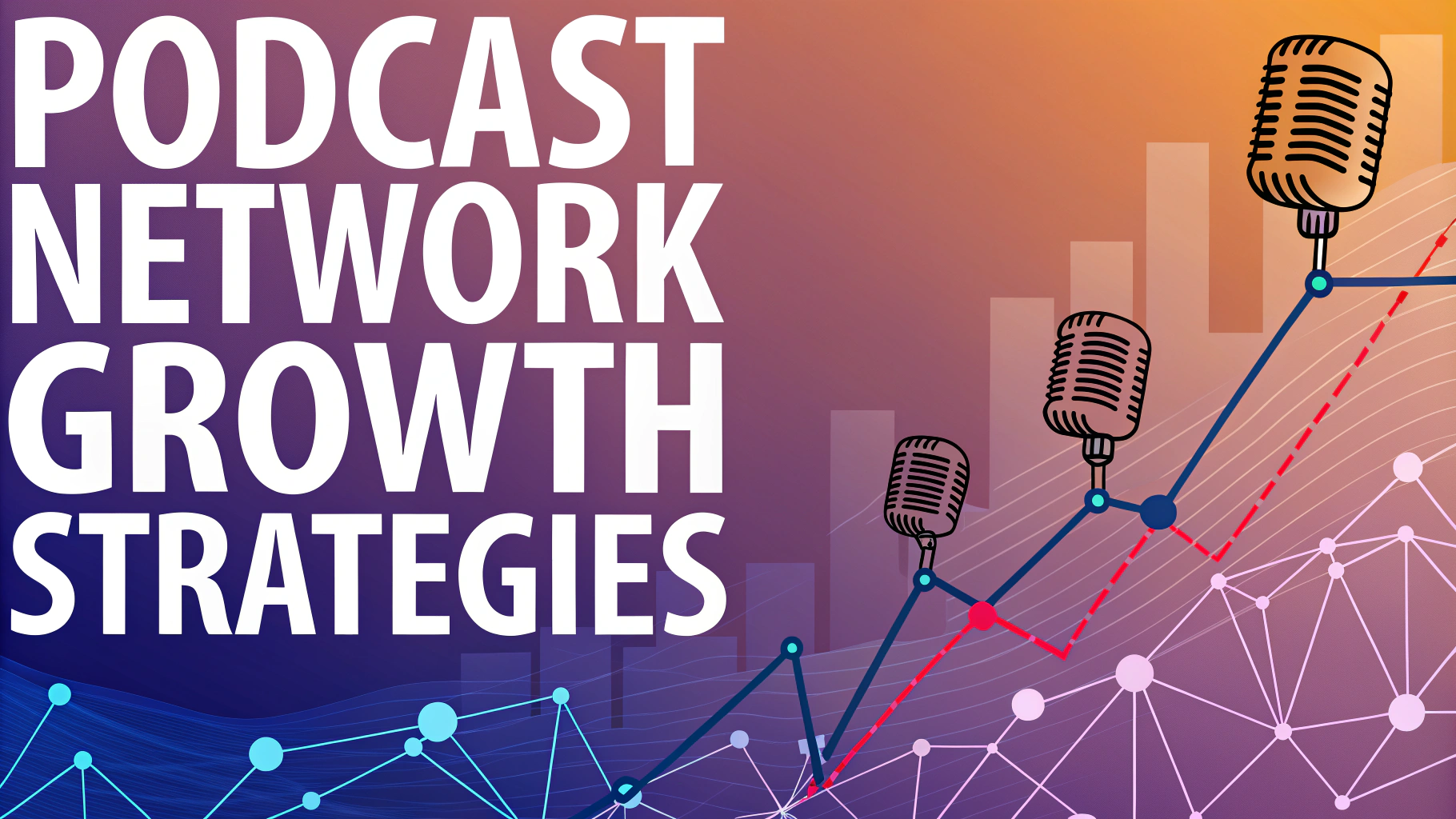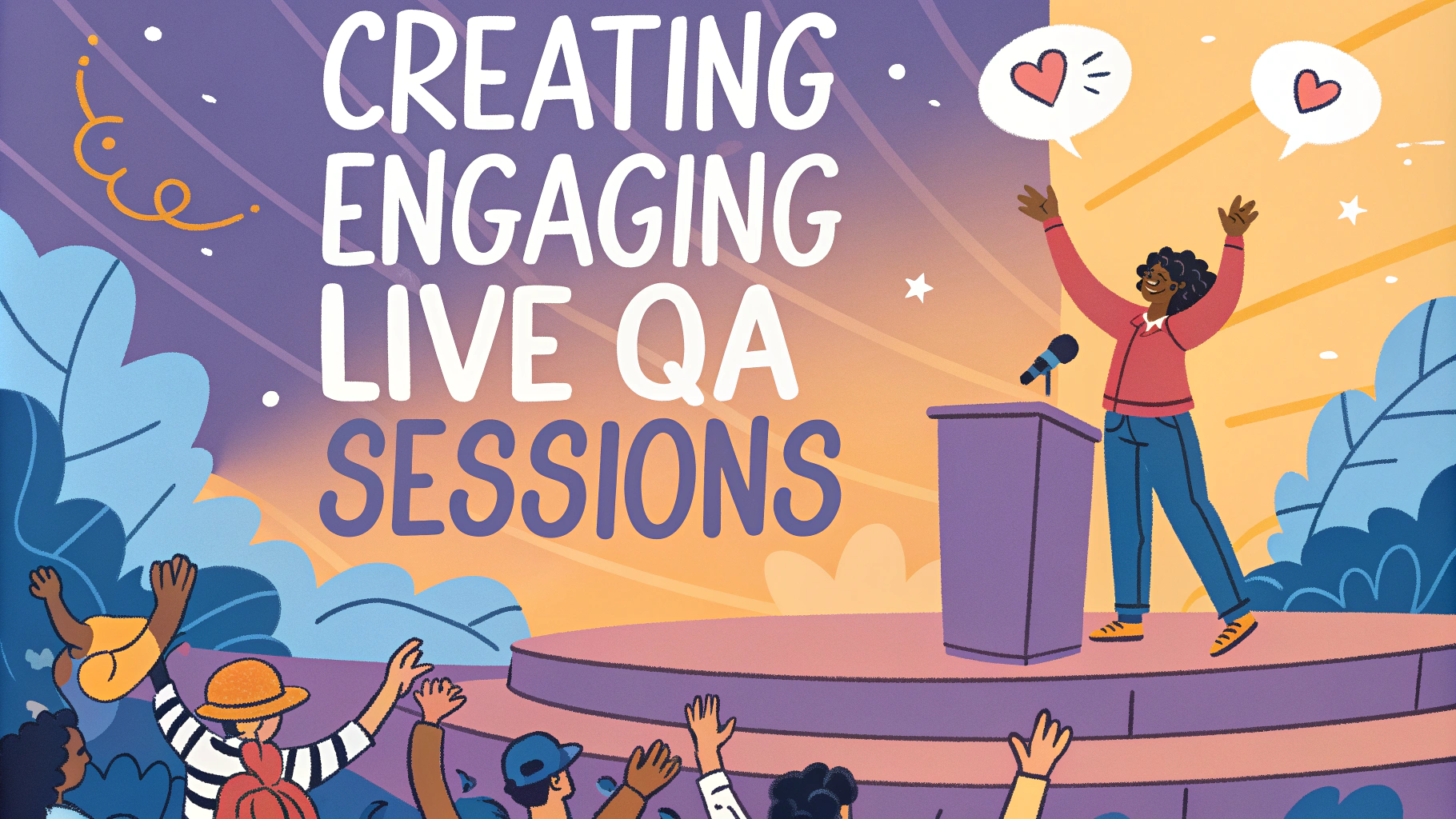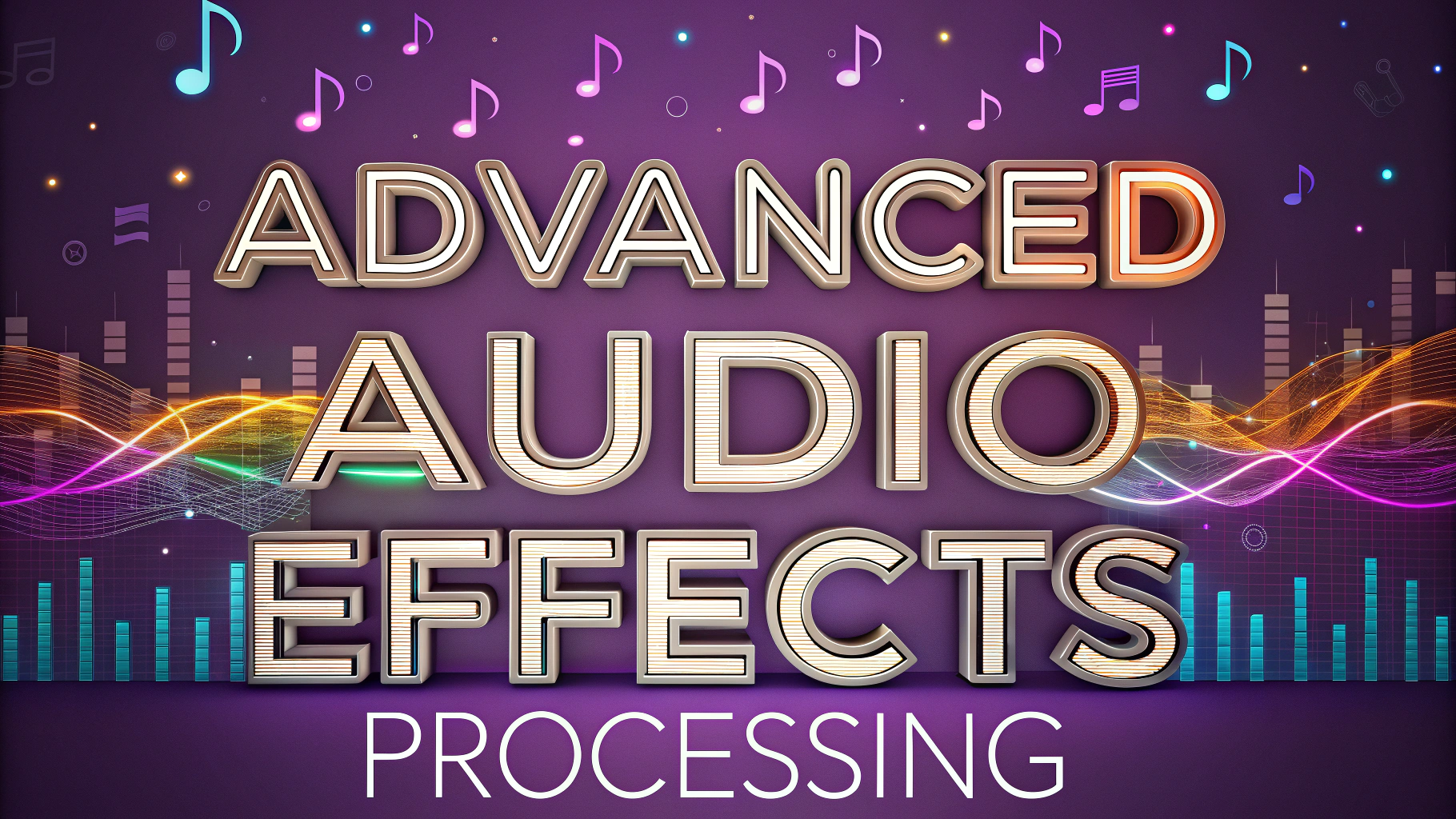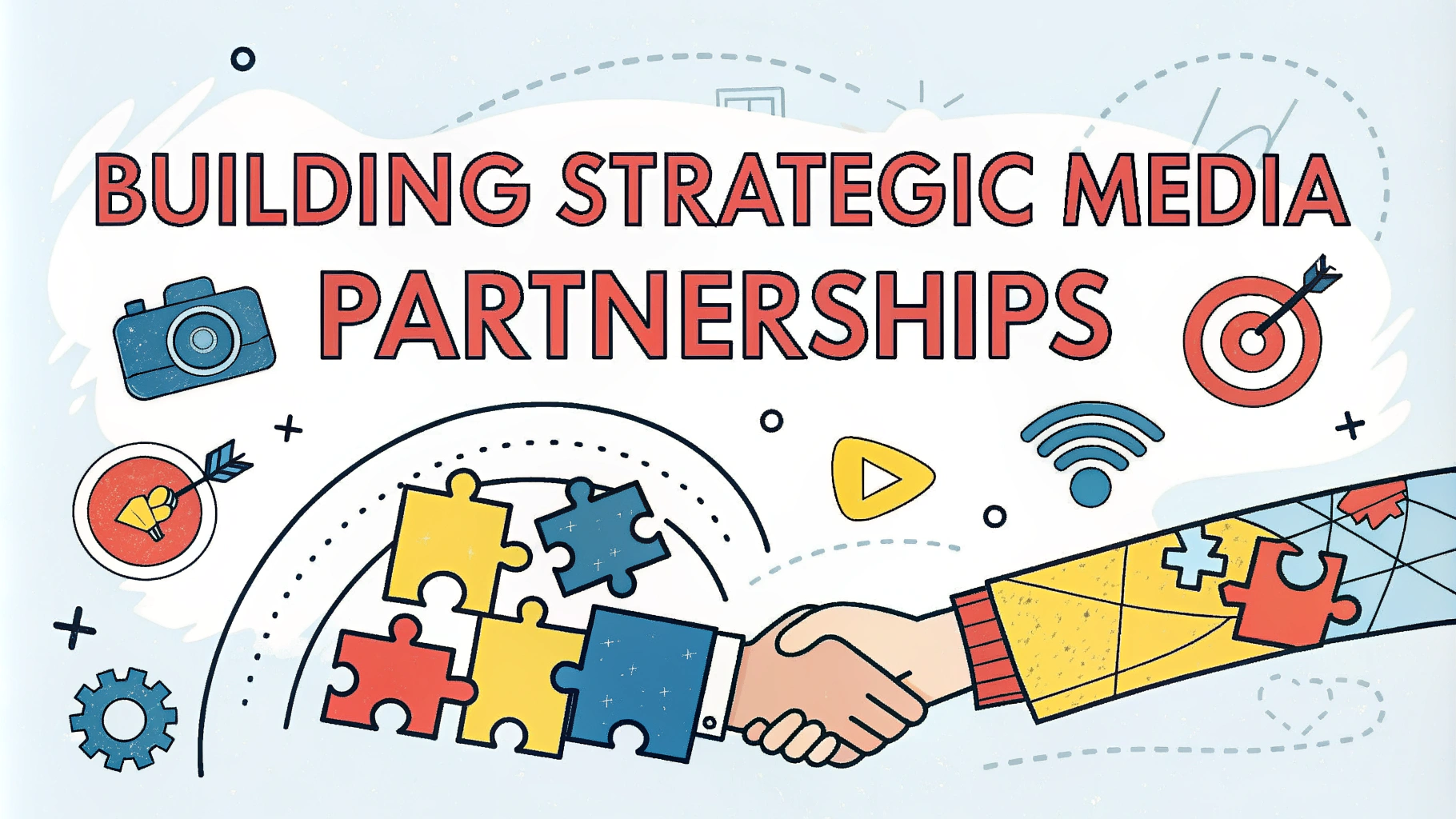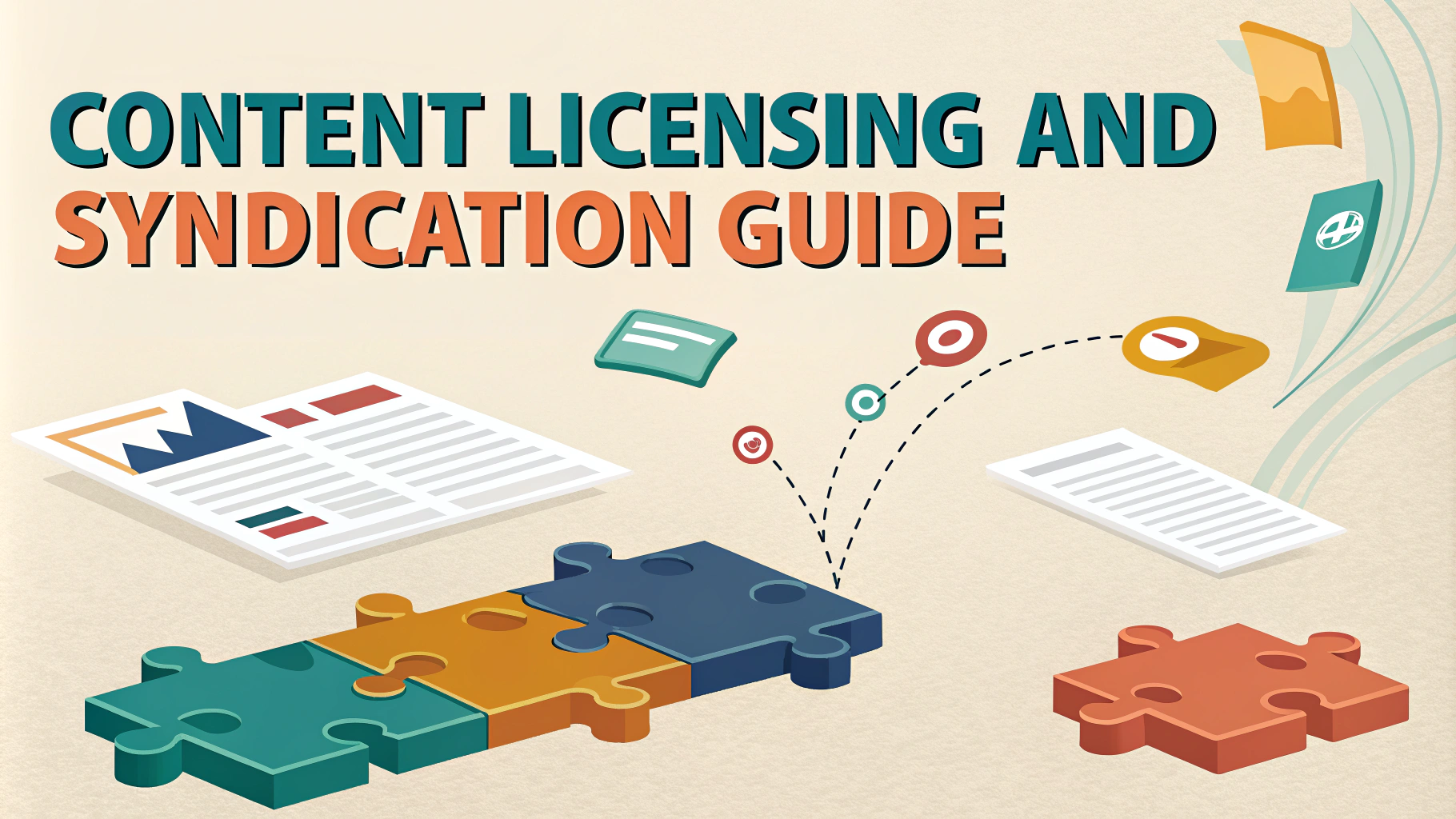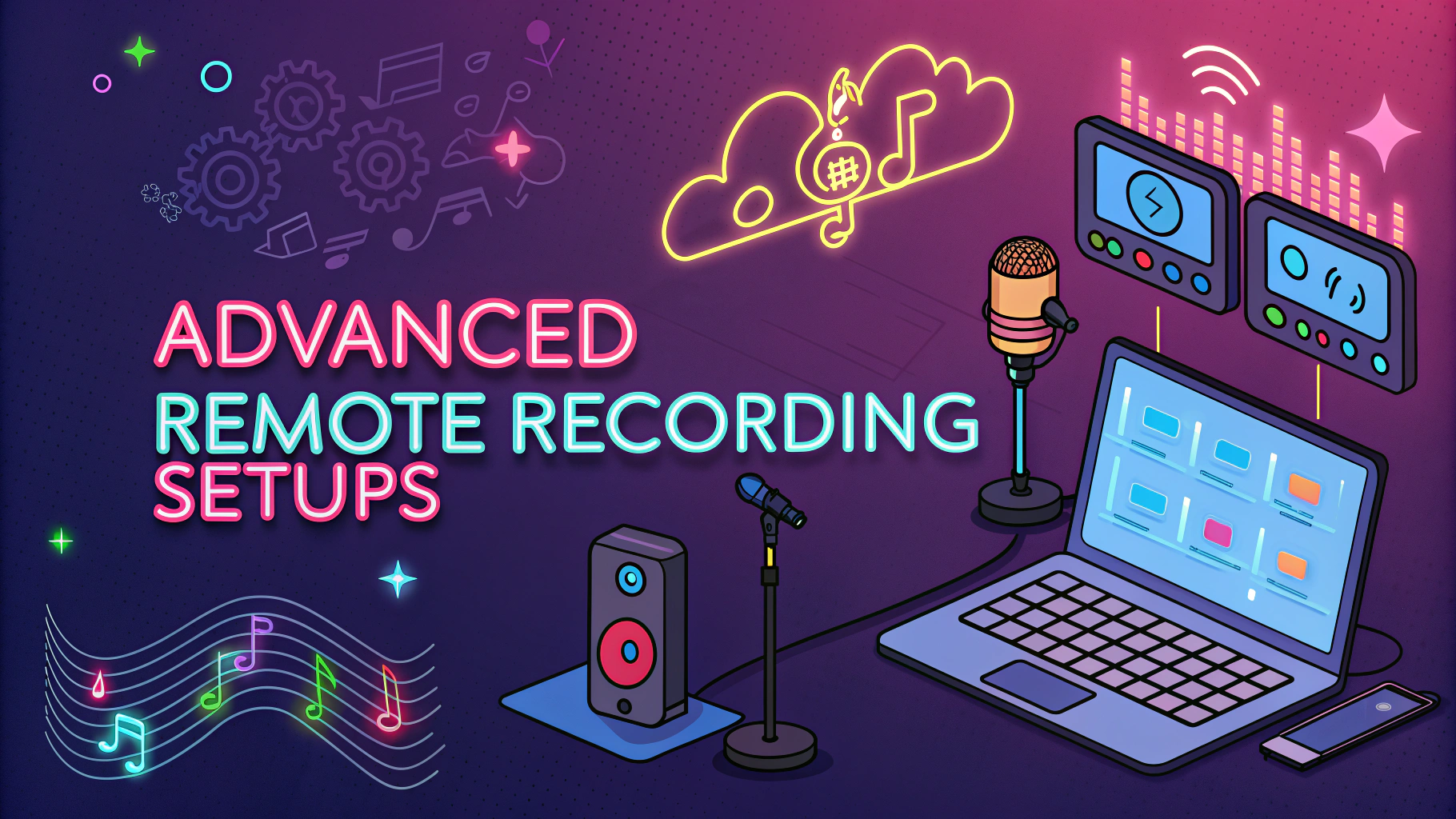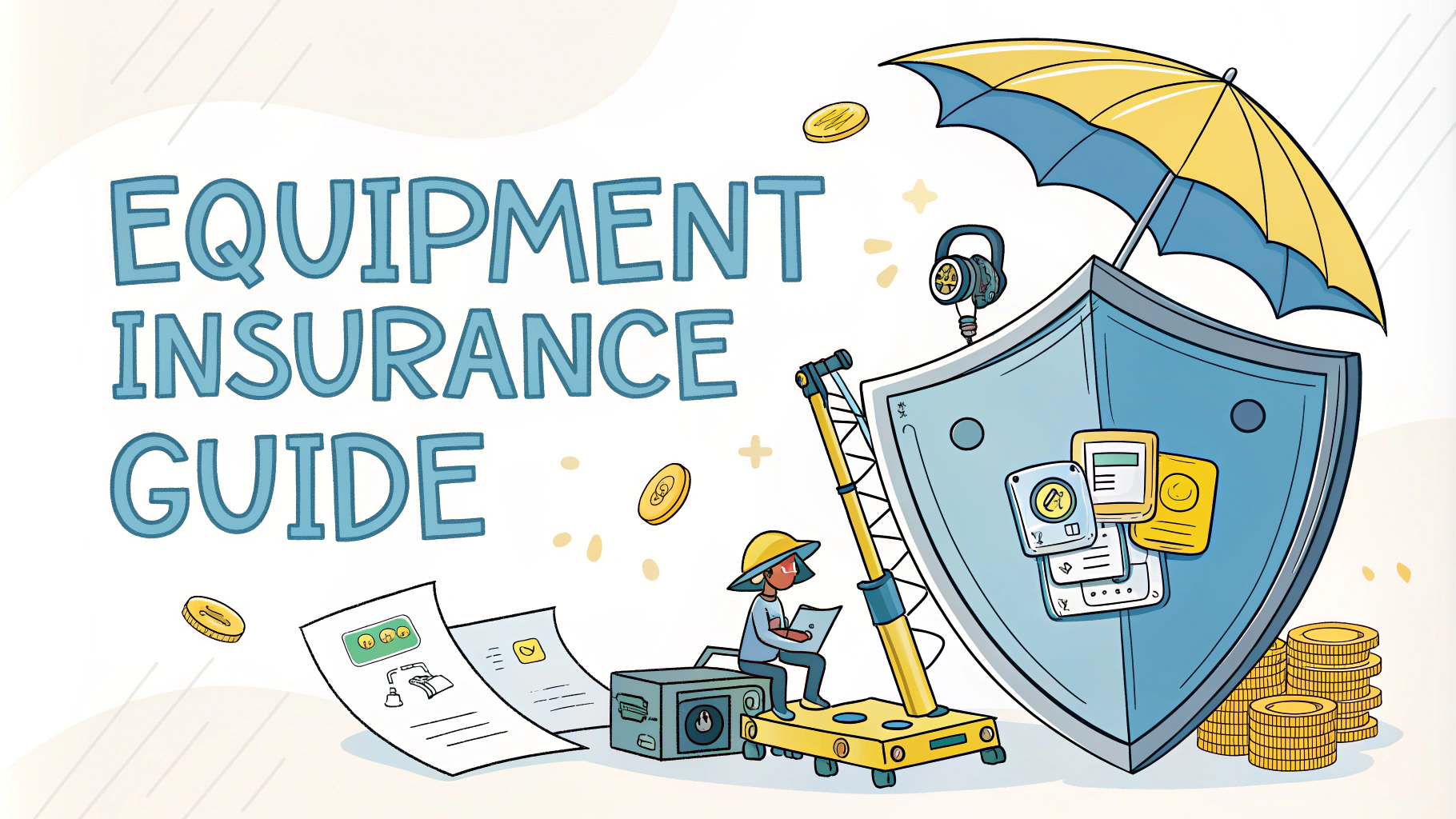Moving your podcast to a new hosting platform requires careful planning to maintain your show’s momentum and subscriber base.
A smooth podcast migration helps preserve your analytics, RSS feed, and listener experience while taking advantage of better features or pricing from your new host.
This guide walks through the key steps to seamlessly transfer your podcast content without losing episodes or subscribers.
Before You Start
Download complete backups of all your podcast episodes, show artwork, and episode descriptions from your current host.
Document your show’s current RSS feed URL as you’ll need to redirect it later.
Research potential new hosting platforms based on your specific needs:
- Storage limits and bandwidth allowances
- Analytics capabilities
- Distribution tools and directory listings
- Monetization features
- Price point and upgrade options
- Customer support availability
Popular Hosting Platform Options
| Platform | Starting Price | Best For |
|---|---|---|
| Libsyn | $5/mo | Established podcasters needing reliable hosting |
| Buzzsprout | $12/mo | Beginners wanting user-friendly interface |
| Podbean | $9/mo | Podcasters seeking integrated monetization |
| Transistor | $19/mo | Multiple show management |
Step-by-Step Migration Process
- Set up your new hosting account
- Upload your podcast artwork and show details
- Transfer episode files and metadata
- Verify audio quality and metadata accuracy
- Set up 301 redirects from old feed to new feed
- Update podcast directory listings
- Test new feed in podcast apps
Managing RSS Feed Redirects
Contact your current host to set up 301 redirects from your old RSS feed to the new one.
Most major hosts like Libsyn, Buzzsprout, and Podbean offer straightforward redirect setup through their dashboard.
Keep your old hosting account active for at least 30-60 days after migration to ensure all listeners transition smoothly.
Updating Directory Listings
Update your show’s RSS feed URL in these major directories:
- Apple Podcasts Connect (podcastsconnect.apple.com)
- Spotify for Podcasters (podcasters.spotify.com)
- Google Podcasts Manager (podcastsmanager.google.com)
- Amazon Music (music.amazon.com/podcasters)
Post-Migration Checklist
- Confirm all episodes are playing correctly
- Verify episode artwork displays properly
- Check analytics are tracking properly
- Test subscription on multiple podcast apps
- Monitor listener feedback for potential issues
- Update website embedded players
- Inform listeners about any necessary actions
Moving Forward With Your New Host
Take time to explore your new platform’s features and optimization tools.
Set up any advanced features like programmatic ads or dynamic content insertion.
Consider reaching out to your new host’s support team for platform-specific best practices and tips.
Optimizing Your New Hosting Setup
Leverage advanced analytics tools to track listener engagement and episode performance metrics:
- Geographic distribution of listeners
- Episode drop-off points
- Download versus streaming ratios
- Platform-specific performance data
Monetization Opportunities
Direct Monetization
- Dynamic ad insertion
- Automated sponsorship placement
- Premium content distribution
- Listener support programs
Indirect Revenue Streams
- Affiliate marketing integration
- Cross-promotion opportunities
- Membership platforms connection
- Merchandise sales tracking
Technical Optimization
Fine-tune your podcast’s technical parameters for optimal delivery:
- Configure proper audio compression settings
- Optimize episode metadata for search
- Set up proper caching rules
- Implement backup automation
Securing Your Podcast’s Future Growth
Document your new hosting workflow and establish regular maintenance routines:
- Create standard operating procedures
- Schedule regular platform feature reviews
- Monitor hosting costs and usage
- Plan for scalability as your show grows
- Keep backup systems current
Remember that a successful podcast migration is just the beginning of your show’s evolution on the new platform. Regular optimization and staying current with new features will help maximize your podcast’s potential.
FAQs
- What should I do before migrating my podcast to a new hosting platform?
Back up all your audio files, episode metadata, show artwork, and RSS feed information. Take screenshots of your analytics for future reference. - Will my listeners need to resubscribe after I migrate to a new hosting platform?
No, if you properly redirect your old RSS feed to the new one, your listeners won’t need to resubscribe or take any action. - How do I maintain my Apple Podcasts/iTunes rankings during migration?
Ensure your new RSS feed maintains the same GUID (Global Unique Identifier) for each episode and implement a 301 redirect from your old feed to prevent ranking drops. - Can I keep my download statistics and subscriber numbers when switching hosts?
Historical analytics typically can’t be transferred between platforms, but you can export them from your old host for record-keeping. New analytics will start fresh on the new platform. - How long should I maintain my old hosting account after migration?
Keep your old hosting account active for at least 30-60 days after migration to ensure all podcast directories and subscribers have updated to the new feed. - What happens to my custom domain during podcast host migration?
You’ll need to update your DNS settings to point your custom domain to the new host’s servers. This process varies by platform but typically involves changing CNAME records. - How do I ensure my episode show notes and timestamps transfer correctly?
Export your show notes in a compatible format and verify that the new platform supports your formatting. Some platforms may require manual reformatting of show notes. - What should I do if some episodes don’t appear after migration?
Check file size limits, supported audio formats, and metadata compatibility on the new platform. Re-upload missing episodes individually if necessary. - How do I handle monetization features when switching hosts?
Verify that the new platform supports your current monetization methods and set up new payment processing systems before completing the migration. - Should I notify my audience about the hosting platform change?
While it’s not technically necessary if done correctly, it’s good practice to inform your audience about the change in case they experience any temporary issues.
